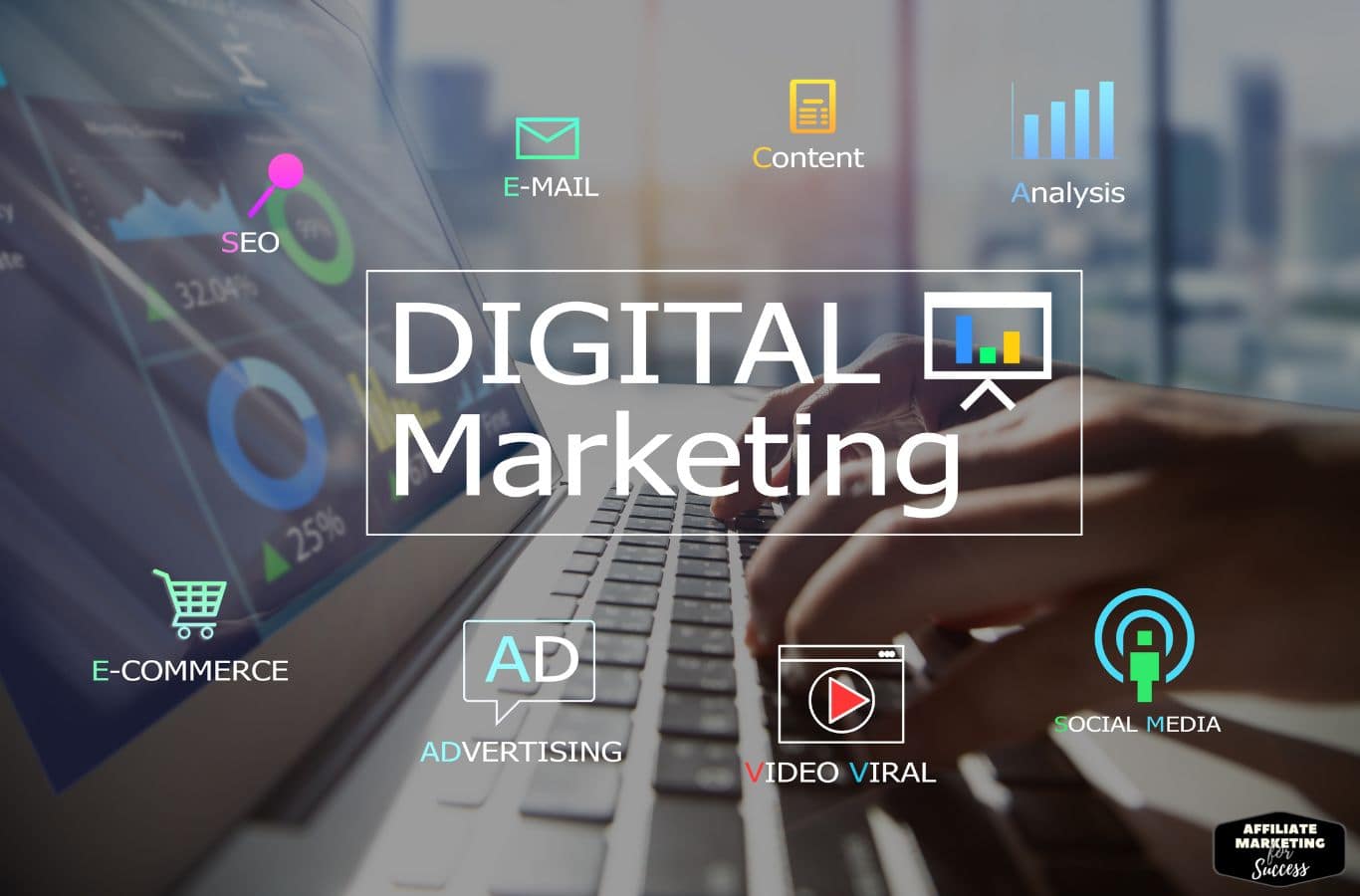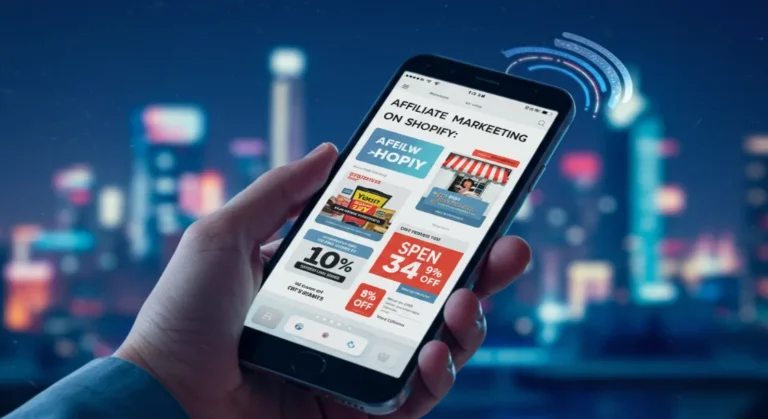Digital Marketing Strategies: 7 Proven Tactics for 2025
Mastering digital marketing is essential for businesses aiming for success online. This guide covers digital marketing channels, strategies, and best practices to help you achieve your marketing goals and grow your business.

Guide to Digital Marketing Definition
Strategies for Success in the Digital Age
Digital Marketing Defined
Digital marketing is the use of online channels and technologies to promote products, services, or brands. It includes various digital marketing activities like social media marketing, email marketing, and content marketing.
E-commerce marketing helps sell things online. It makes product pages better and uses ads to get customers. This helps sell more online.
“Digital marketing is not just about technology; it’s about understanding human behavior in the digital age.”
Let’s look at what makes digital marketing so wide:
| Component | Description | Primary Goal |
|---|---|---|
| Search Engine Optimization (SEO) | Optimizing website content for search engines | Improve organic search rankings |
| Content Marketing | Creating valuable content to attract and engage audience | Build brand awareness and loyalty |
| Social Media Marketing | Engaging with customers on social platforms | Increase brand visibility and customer interaction |
| Email Marketing | Sending targeted messages to subscribers | Nurture leads and drive conversions |
| Pay-Per-Click Advertising | Running targeted ads on search engines and websites | Generate immediate traffic and leads |
Keeping up with digital marketing trends is key. For example, making good landing pages and using digital PR helps new sites. Tools like ClickUp and Notion help with SEO.
Success in digital marketing comes from knowing your audience. You need to make messages that grab attention. And use the right tools to meet your goals.
Digital Marketing vs. Traditional Marketing
To better understand the advantages of digital marketing, let’s compare it to traditional marketing methods:
| Aspect | Digital Marketing | Traditional Marketing |
|---|---|---|
| Reach | Global audience | Limited geographical reach |
| Cost | Often more cost-effective | Can be expensive (e.g., TV ads) |
| Targeting | Precise audience targeting | Broader audience targeting |
| Measurability | Easily trackable and measurable | Difficult to measure accurately |
| Interactivity | High level of engagement | Limited interaction |
| Flexibility | Easily adjustable campaigns | Less flexible, longer lead times |
| ROI | Generally higher and more measurable | Often lower and harder to measure |
The Evolution of Marketing in the Digital Age
I’ve seen a big change in marketing over the years. It moved from old ways to new digital ones. This change has changed how businesses talk to people and run their marketing.
From Traditional to Digital: A Paradigm Shift
The marketing world has changed a lot. Before, it used print ads, billboards, and TV. Now, digital marketing is the main way. This change has brought new ways to reach and talk to customers.
Key Milestones in Digital Marketing History
There have been key moments in digital marketing. Search engines changed how we find things. Social media let us talk to brands in new ways. Mobile technology made marketing available anytime, anywhere. These changes have changed how we plan and do marketing.
The Impact of Technology on Marketing Strategies
Digital tech has changed marketing strategies a lot. It lets for more focused campaigns and exact results tracking. Tools like data analytics give insights we never had before. Marketers can now make messages just for certain groups.
Digital marketing has brought both good and bad. It needs constant learning and changing. But it also brings new ways to connect with customers and grow businesses. Looking ahead, digital marketing will keep changing how we do business.
Core Components of a Successful Digital Marketing Strategy
A strong digital marketing plan has many key parts. These parts help your business do well online. Let’s look at the main parts that can make your business succeed.
Search Engine Optimization (SEO)
SEO is key to making your website more visible. By making your content and site better, you can get more visitors. This means more people who might become customers.
Content Marketing
Content marketing is about making content that people find useful. It can get you more leads than other marketing methods and costs less. It’s great for making your brand known and keeping customers loyal.
Social Media Marketing
Social media helps you connect with people on big platforms. It’s a way to share stuff, talk to customers, and build a strong online image.
Email Marketing
Email marketing is still very good at helping leads become customers. Personal emails can keep you in touch with your audience. They help you show off your products or services.
Pay-Per-Click Advertising (PPC)
PPC ads let you target exactly who you want to see your ads. It’s a good way to find people who are looking for what you offer.
| Strategy | Key Benefit | Best For |
|---|---|---|
| SEO | Long-term organic traffic | All businesses |
| Content Marketing | Brand authority | B2B and B2C |
| Social Media | Customer engagement | B2C primarily |
| Email Marketing | Customer retention | All businesses |
| PPC | Immediate targeted traffic | E-commerce |
By using all these parts, you can make a strong digital marketing plan. Remember, keep making new content to get more search traffic. Also, use different types of content like videos and infographics to reach more people.
Key Digital Marketing Channels
A successful digital marketing strategy often incorporates multiple channels to maximize reach and effectiveness. Here are some of the most important digital marketing channels:
- Search Engine Marketing (SEM): This includes both Search Engine Optimization (SEO) and paid advertising through platforms like Google Ads. Technical SEO is a crucial aspect of this channel, focusing on optimizing website structure and performance.
- Social Media Marketing: Leveraging social media platforms to build brand awareness, engage with customers, and drive traffic to your website. This channel has become increasingly important for both B2C and B2B digital marketing efforts.
- Content Marketing: Creating and distributing valuable, relevant content to attract and retain a clearly defined audience. This approach is central to inbound marketing strategies.
- Email Marketing: Using email to nurture leads, build relationships, and drive conversions. Email remains one of the most effective digital marketing channels for both B2B and B2C businesses.
- Affiliate Marketing: Partnering with other businesses or individuals to promote your products or services for a commission.
- Influencer Marketing: Collaborating with influential individuals in your industry to promote your brand and increase brand awareness.
- Video Marketing: Creating and sharing video content to engage audiences and convey your message effectively across various digital platforms.
- Mobile Marketing: Targeting users on mobile devices through various channels, including apps, SMS, and responsive websites.
- Native Advertising: Creating ads that match the look, feel, and function of the media format in which they appear, providing a less disruptive advertising experience.
Developing an Effective Digital Marketing Strategy
To create a successful digital marketing strategy, consider the following steps:
- Define your marketing objectives
- Identify your target audience
- Choose the right digital marketing channels
- Create compelling content
- Implement marketing automation
- Monitor and analyze your results
- Continuously optimize your campaigns
Digital Marketing Skills for Success
To excel in digital marketing, professionals should develop the following skills:
| Skill Category | Essential Skills |
|---|---|
| Technical | SEO, analytics, marketing automation |
| Creative | Content creation, graphic design, video production |
| Analytical | Data analysis, A/B testing, performance tracking |
| Strategic | Campaign planning, audience targeting, budget allocation |
| Communication | Copywriting, storytelling, presentation skills |
Measuring Digital Marketing Success
Tracking the right metrics is crucial for evaluating the effectiveness of your digital marketing efforts. Here are some key performance indicators (KPIs) to consider:
| Metric | Description |
|---|---|
| Conversion Rate | Percentage of visitors who complete a desired action |
| Return on Investment (ROI) | Measure of profitability for marketing campaigns |
| Customer Acquisition Cost (CAC) | Cost of acquiring a new customer |
| Customer Lifetime Value (CLV) | Predicted revenue from a customer over their lifetime |
| Engagement Rate | Level of interaction with your content or ads |
| Click-Through Rate (CTR) | Percentage of people who click on your ad or link |
Advanced Digital Marketing Techniques
As digital marketing evolves, new techniques and strategies emerge. Here are some advanced approaches to consider:
- Personalization: Tailoring content and experiences to individual users based on their preferences and behaviors.
- Omnichannel Marketing: Creating a seamless experience across all digital marketing channels and touchpoints.
- Account-Based Marketing (ABM): Focusing marketing efforts on specific high-value accounts, particularly effective for B2B digital marketing.
- Artificial Intelligence in Marketing: Leveraging AI for tasks such as predictive analytics, chatbots, and content creation.
- Voice Search Optimization: Adapting SEO strategies to accommodate the rise of voice-activated search queries.
Creating Effective Digital Marketing Campaigns
To develop successful digital marketing campaigns, consider the following best practices:
- Set clear, measurable goals aligned with your overall marketing strategy
- Understand your target audience and their preferences
- Create compelling, value-driven content
- Utilize multiple digital marketing channels for maximum reach
- Implement marketing automation to streamline processes
- Continuously test and optimize your campaigns
- Monitor and analyze performance metrics
- Stay up-to-date with the latest digital marketing trends and technologies
The Role of Digital Transformation in Marketing
Emerging Trends and Technologies in Digital Marketing
Digital transformation is reshaping the marketing landscape, enabling businesses to:
- Gain deeper insights into customer behavior
- Deliver more personalized experiences
- Streamline marketing processes through automation
- Adapt quickly to changing market conditions
- Measure and optimize marketing efforts more effectively
Leveraging Digital Channels for Effective Marketing Campaigns
In today’s digital landscape, successful marketing campaigns rely heavily on utilizing various digital channels. By integrating multiple platforms, businesses can create a cohesive digital marketing plan that reaches potential customers across different touchpoints.
- Social Media Platforms: leverage popular social media platforms to engage with your audience, share content, and build brand awareness. Each platform offers unique opportunities for connecting with potential customers.
- Video Marketing: Incorporate video content into your digital marketing efforts. Video marketing can significantly boost engagement and convey your message more effectively than text alone.
- SMS Marketing: Don’t overlook the power of SMS marketing for direct communication with your audience. This channel can be particularly effective for time-sensitive offers or important updates.
- Paid Advertising: Utilize paid advertising across various digital channels to reach your target audience more quickly. This can include search engine ads, social media ads, and display advertising.
Remember, the key to a successful digital marketing strategy is to choose the right mix of channels that align with your business goals and target audience preferences.
Inbound Marketing: Attracting and Nurturing Potential Customers
Inbound marketing is a crucial component of any comprehensive digital marketing plan. This approach focuses on creating valuable content and experiences tailored to your audience, drawing them naturally towards your brand and products.
- Content Creation: Develop high-quality, relevant content that addresses your audience’s needs and interests. This can include blog posts, whitepapers, infographics, and videos.
- SEO Optimization: Implement local SEO strategies to improve your visibility in search results, especially for businesses targeting specific geographic areas.
- Lead nurturing: Use email marketing and marketing automation tools to nurture leads through the sales funnel, providing them with relevant information at each stage of their journey.
- Analytics and Optimization: Regularly analyze your inbound marketing efforts using digital marketing tools. Use these insights to refine your strategies and improve your results over time.
By focusing on inbound marketing tactics, you can attract more qualified leads and build lasting relationships with your customers.
Embracing Digital Transformation for Marketing Success
Digital transformation is revolutionizing the way businesses approach their marketing efforts. By adopting new technologies and strategies, companies can stay ahead of the curve and achieve their marketing goals more effectively.
- AI and Machine Learning: Implement AI-powered tools to analyze customer data, personalize experiences, and optimize your digital advertising efforts.
- Omnichannel Marketing: Create a seamless experience across all digital channels and touchpoints, ensuring consistency in your brand message and customer interactions.
- Marketing Automation: Streamline your marketing activities with automation tools, allowing you to focus on strategy while improving efficiency and effectiveness.
- Data-Driven Decision Making: Leverage analytics to gain insights into your customers’ behavior and preferences, informing your digital strategy and helping you make more informed marketing decisions.
- Emerging Technologies: Stay open to new technologies like augmented reality (AR) and virtual reality (VR) that can provide innovative ways to engage with your audience and showcase your products or services.
By embracing digital transformation, marketers can adapt to the ever-changing digital landscape and create more impactful, data-driven campaigns that resonate with their target audience.
The Future of Digital Marketing
As digital technology continues to evolve, so does the landscape of digital marketing. Here are some trends shaping the future of digital marketing:
- Artificial Intelligence and Machine Learning
- Voice Search Optimization
- Augmented and Virtual Reality
- Personalization and Hyper-Targeting
- Privacy-Focused Marketing
- Blockchain in Digital Marketing
- Internet of Things (IoT) Marketing
Conclusion
Digital marketing is an essential component of modern business strategy, offering unparalleled opportunities for reaching and engaging audiences. By understanding the various digital marketing channels, developing the right skills, and staying up-to-date with the latest trends, marketers can create effective digital marketing campaigns that drive brand awareness, engage customers, and achieve marketing objectives.
Whether you’re a small business owner, a digital marketer, or someone looking to start a career in this field, continuous learning and adaptation are key to success in the ever-changing digital landscape. Consider taking a digital marketing course to enhance your skills and stay ahead of the curve.
Remember, the most effective digital marketing efforts are those that combine creativity, data-driven decision-making, and a deep understanding of your target audience. By leveraging the power of digital media and technology, you can create impactful marketing campaigns that resonate with your audience and drive real business results.
To learn more about specific aspects of digital marketing, check out our guides on SEO writing, making money through blogging, and how to make money with affiliate marketing.
Source Links
- Business Process 101 : Definition, Steps and Example [Guide for 2024]
- Job ID:24040724: Information Architect, Jersey City, New Jersey
- Google’s SEO Tip To Get New Site Picked Up Faster
- 11 FREE Keyword Research Templates to Streamline SEO | TechRepublic
- Building a content marketing strategy
- Data Science Associate Director
- What the Digital Employee Experience of Tomorrow Looks Like
- Simplify, amplify and control your technology journey
- Know Reasons Why Music Festival Market Peaking Huge Growth with Coachella, Superfly and Newstrail
- Living for the Long Haul: Is the polycrisis just alarmist rhetoric?
I’m Alexios Papaioannou, an experienced affiliate marketer and content creator. With a decade of expertise, I excel in crafting engaging blog posts to boost your brand. My love for running fuels my creativity. Let’s create exceptional content together!






